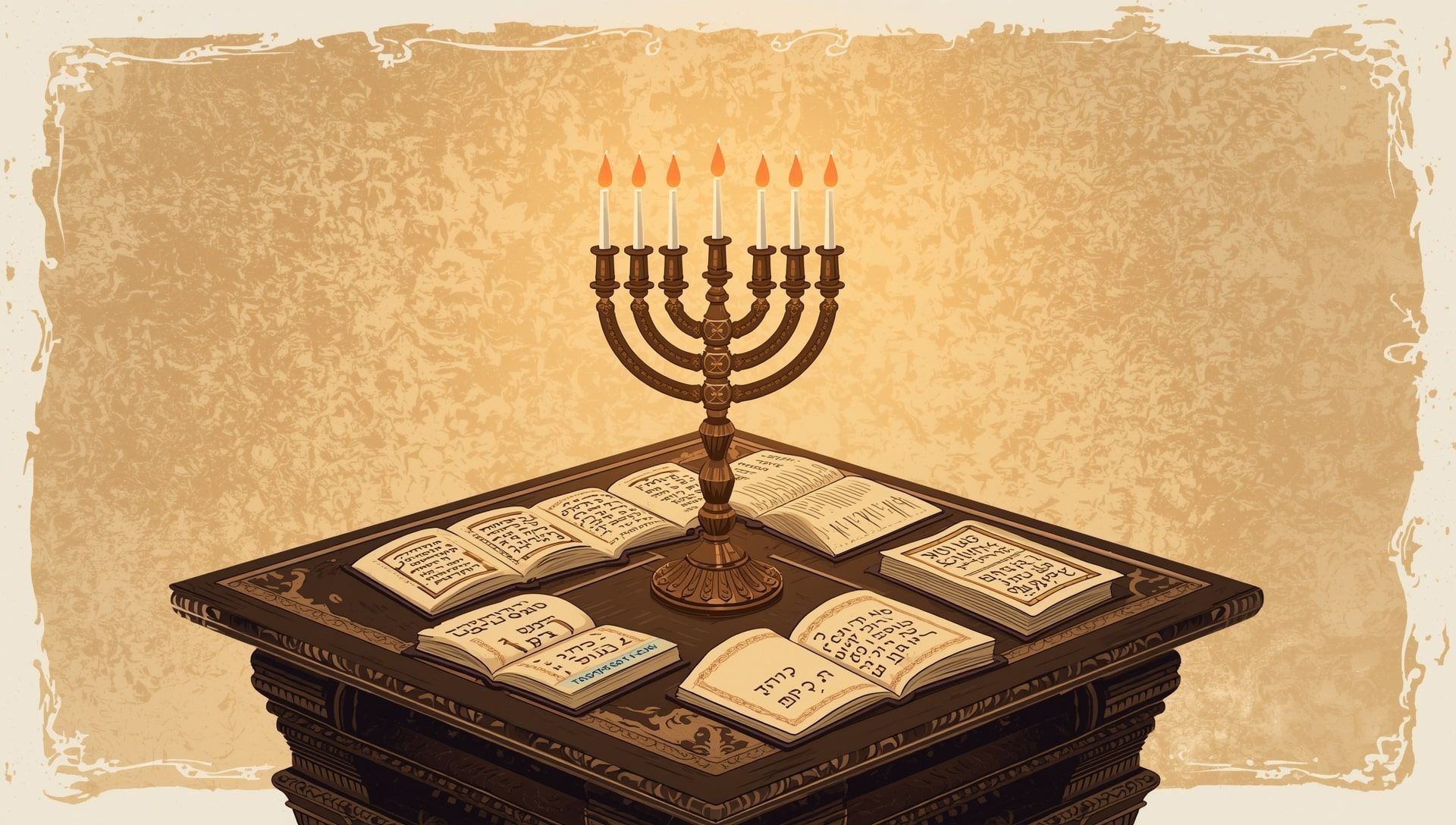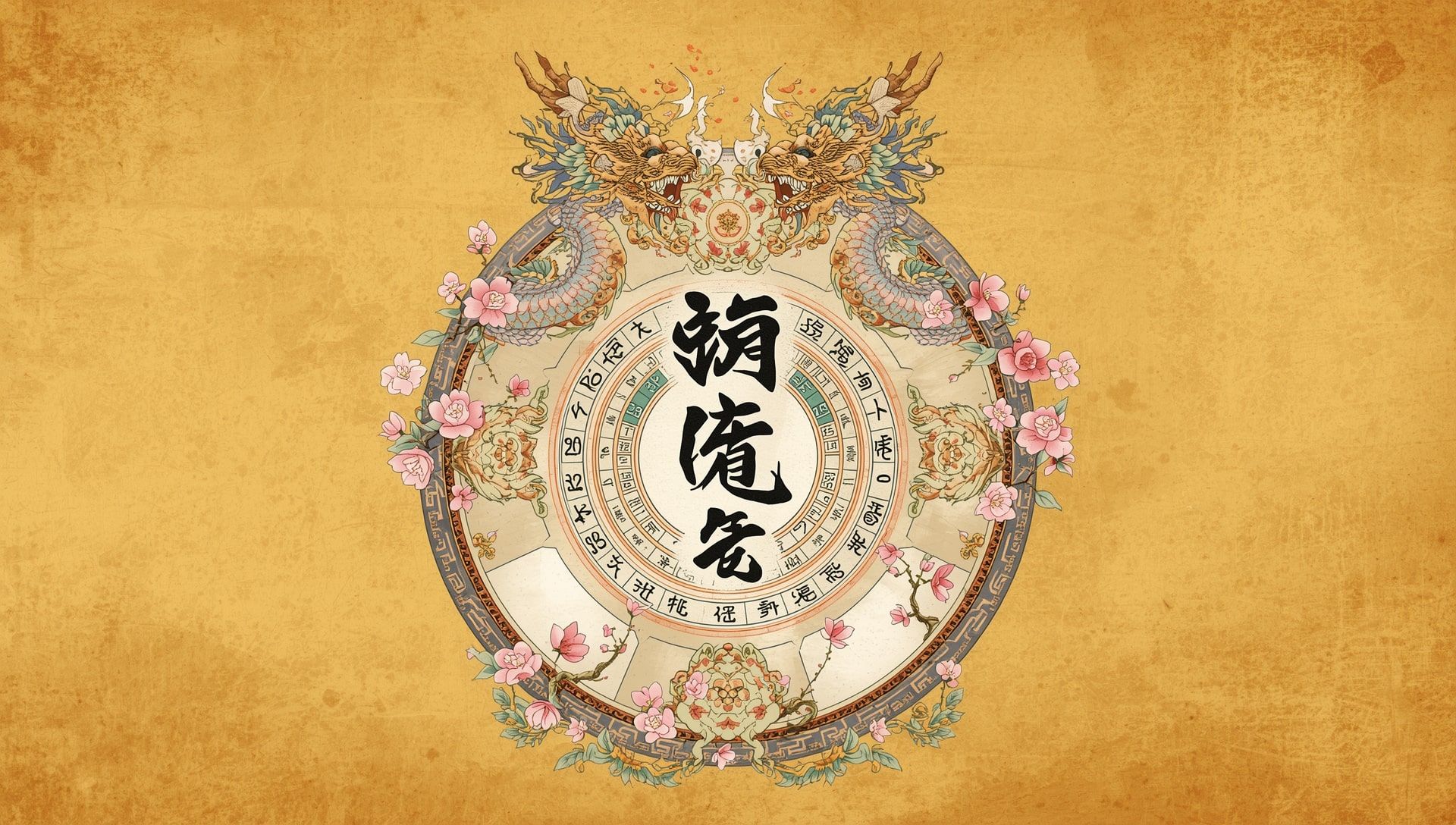The Ethiopian calendar tells a different story of time. While most of the world flips pages on the Gregorian system, Ethiopia lives on a schedule that feels like a small pocket of history preserved. This isn’t just about counting days, it’s about heritage, religion, and rhythm. Understanding it is like peeking into a clock built from faith and tradition, not commerce and convenience. To appreciate its uniqueness, it helps to compare it with the Gregorian calendar, which most of the world follows today.
Roots of the Calendar
The Ethiopian calendar is rooted in the Coptic system that originated from ancient Egypt. It divides the year into twelve months of thirty days each, followed by one short month of five or six days known as Pagumē. This design keeps the solar year balanced without losing alignment with the natural seasons. The system has persisted through centuries, surviving conquests and modern reforms because it is closely tied to the Ethiopian Orthodox Church.
The Structure of Time
The Ethiopian calendar works on a logic that feels both familiar and foreign. It follows the solar cycle, yet measures years differently from the Gregorian system. The start of the year usually falls on September 11 in the Gregorian calendar (September 12 during leap years). This marks the end of the heavy rains and the beginning of spring-like weather in Ethiopia, which explains why the New Year celebration, Enkutatash, is tied to nature and renewal—much like seasonal observations in the Julian calendar.
| Feature | Ethiopian Calendar | Gregorian Calendar |
|---|---|---|
| Months | 13 (12 of 30 days + Pagumē) | 12 (varying days) |
| Start of the Year | September 11 or 12 | January 1 |
| Leap Year Cycle | Every 4 years | Every 4 years (different rule) |
| Current Year Difference | 7 to 8 years behind | Standard |
| Short Month | Pagumē (5 or 6 days) | February (28 or 29 days) |
Counting the Years
The Ethiopian year numbering comes from calculations related to the Annunciation of Jesus Christ. The difference of 7 to 8 years between the Ethiopian and Gregorian calendars stems from alternate interpretations of that event’s date. As of September 2025 in the Gregorian calendar, Ethiopia is in the year 2018 or 2017, depending on the month. This difference is similar to what’s observed in other calendar systems around the world that follow religious or cultural milestones rather than astronomical precision.
The counting system shows how religious tradition guides Ethiopian time. The Church’s interpretation anchors the calendar, and every holiday follows a rhythm that connects faith and community. It’s not about keeping up with global schedules, it’s about staying in sync with centuries of continuity.
Understanding the Months
Each of the 13 months has its own name and personality. The months are based on Ge’ez, the ancient liturgical language of Ethiopia. This structure reflects how ancient societies built their year around both agriculture and faith, something echoed in Babylonian timekeeping traditions.
- Meskerem (September 11 – October 10)
- Tekemt (October 11 – November 9)
- Hidar (November 10 – December 9)
- Tahsas (December 10 – January 8)
- Tir (January 9 – February 7)
- Yekatit (February 8 – March 9)
- Megabit (March 10 – April 8)
- Miyazya (April 9 – May 8)
- Ginbot (May 9 – June 7)
- Sene (June 8 – July 7)
- Hamle (July 8 – August 6)
- Nehasse (August 7 – September 5)
- Pagumē (September 6 – September 10, or 11 in leap years)
Leap Year Logic
The leap year cycle is straightforward. Every four years, Pagumē gains an extra day. There’s no complex rule about century years or exceptions. That simplicity is part of what makes the Ethiopian system elegant and enduring. It keeps life predictable, especially for farmers who rely on seasonal timing for planting and harvests, much like agricultural communities that follow solar-based calendars.
Religion and Celebration
Religion shapes how Ethiopians view time. The calendar governs all major festivals of the Ethiopian Orthodox Church. Holidays like Fasika (Easter), Timkat (Epiphany), and Meskel (Finding of the True Cross) follow this calendar, creating a rhythm that pulses through daily life. Many of these are comparable to celebrations tracked in liturgical calendars elsewhere.
- 🟢 Fasika: The Ethiopian Easter, celebrated after a long fasting period.
- 🟣 Timkat: Commemoration of the baptism of Jesus in the Jordan River.
- 🟠 Meskel: Celebration of the discovery of the True Cross by Queen Helena.
These events connect people to their ancestors and faith. The alignment with the Ethiopian calendar means they rarely match the Western calendar dates, emphasizing Ethiopia’s independence in spiritual timekeeping.
Daily Timekeeping
- 🕐 The Ethiopian day starts at dawn, counting hours from sunrise instead of midnight.
- 🕕 7:00 a.m. Western time equals 1:00 in the Ethiopian system.
- 🌅 This pattern comes from ancient agrarian life, where daylight dictated daily rhythm.
When you hear someone in Addis Ababa say “meet at two,” it might mean eight in the morning by Western time. The six-hour offset can confuse visitors, but it fits naturally into a society that revolves around sunlight and prayer hours. Similar regional variations in time measurement exist across different time zones globally.
Symbols and Colors of Time
The Ethiopian year is filled with meaning and color. Farmers use seasonal shifts to guide planting, while city dwellers see the months as milestones of cultural events. The calendar’s consistency brings balance, linking people with cycles of rain, harvest, and celebration. These seasonal rhythms also mirror how natural patterns shape weather cycles and agricultural planning throughout the year.
Here’s a quick symbolic table that reflects how each season connects to life in Ethiopia:
| Season | Months | Symbol | Meaning |
|---|---|---|---|
| Spring | Meskerem to Hidar | 🌸 | Renewal and rebirth after rain |
| Summer | Tahsas to Megabit | ☀️ | Hard work and growth |
| Autumn | Miyazya to Hamle | 🌾 | Harvest and thanksgiving |
| Winter | Nehasse to Pagumē | 🔥 | Reflection and preparation for New Year |
Modern Adaptation
Despite its ancient roots, the Ethiopian calendar thrives in modern life. Businesses use both Ethiopian and Gregorian systems interchangeably. Government offices, schools, and banks display dual calendars. Smartphones in Ethiopia even include local time and date formats as default options. This dual approach helps maintain tradition while operating smoothly in a global context, a harmony also seen in tools like time zone converters that bridge different systems worldwide.
The Spirit Behind the Calendar
At its core, the Ethiopian calendar reflects a worldview shaped by community and continuity. It preserves a slower rhythm that values stability over speed. It measures not just time, but meaning. Each month carries a sense of belonging, each year a sense of faith. In a world racing toward synchronization, Ethiopia’s calendar stands as a living reminder that time can still belong to people, not just to clocks.









